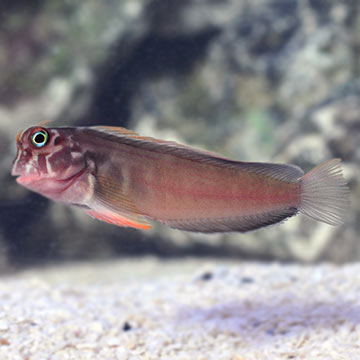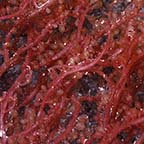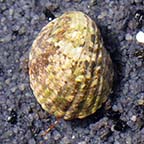
Additional locales and sizes may be available!
Additional locales and sizes may be available! Email me when availableQuick Stats
What do these Quick Stats mean? Click here for more information
What do these Quick Stats mean? Click here for more information
Overview
A well-established 30-gallon or larger aquarium with multiple swimming levels and plenty of rock is a suitable environment. It is not usually aggressive unless the tank mates appear to have a similar shape as it does. It is best to house singly unless kept in a larger tank and the two are a mated pair. It tends to perch and hop from rock to rock looking for microalgae to graze on. It is known to nip at small-polyped stony coral and clam mantles.
The Horseface Blenny does best in well-established aquariums with large amounts of natural algae to feed on. The diet can be supplemented with vegetable matter, Spirulina, and herbivore preparations.
Approximate Purchase Size: 1-1/2" to 3"











